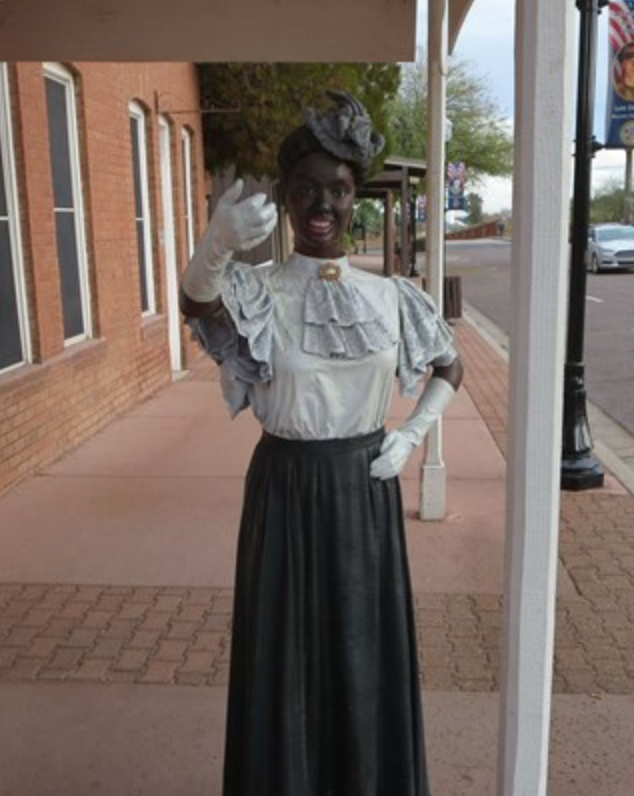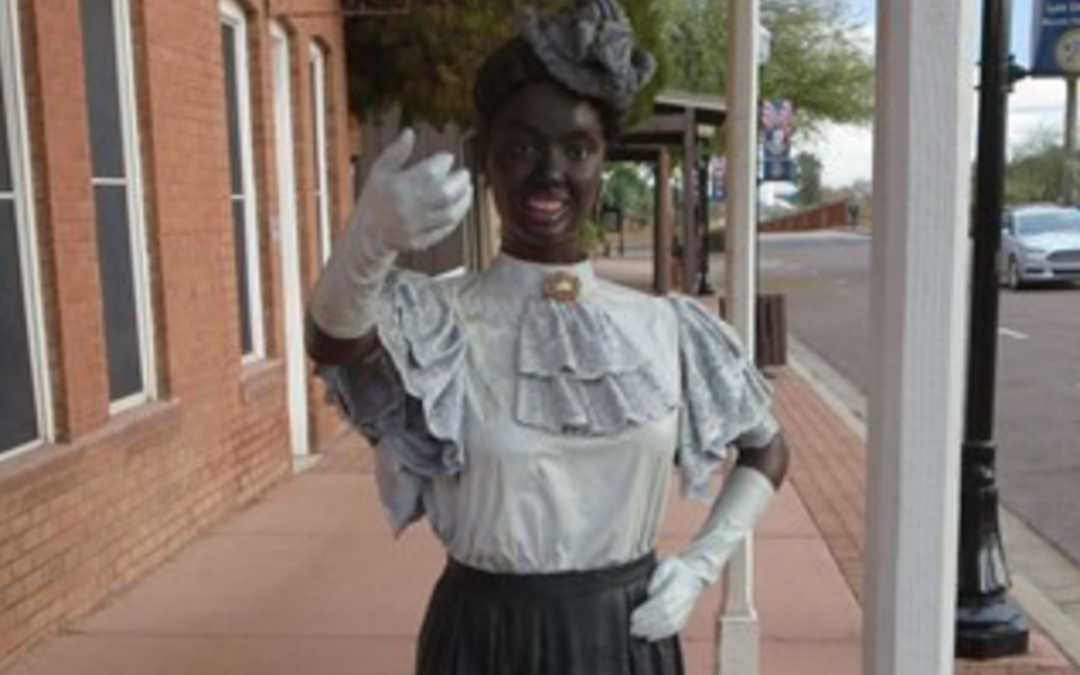
Contrary to popular myth, not all the women who arrived in the boom towns and mining camps seeking their fortunes were shady ladies and dance hall girls. What men really wanted was a home-cooked meal and a place to sleep. And they were willing to pay for it.
One hot August day in 1897 a young lady named Elizabeth Hudson Smith stepped down from the train at the Wickenburg depot.
This tall, hard-working African-American woman didn’t come to dig for gold. She planned to make her fortune in the hospitality business.
Elizabeth spent her first night in a run-down adobe shack known as the Baxter House. Good help was hard to find, and owner Richard Baxter quickly hired her to cook and clean. Word of Elizabeth’s good cooking spread quickly through the town and surrounding area and before long business was booming.
Santa Fe Railroad officials took notice and persuaded Elizabeth to open a second hotel, closer to the train station located next to the tracks. There were no dining cars on the line from Ash Fork to Phoenix and the Santa Fe wanted a nice place for their weary passengers to dine. In 1905 construction began on the elegant new Vernetta Hotel that could lodge up to fifty guests and it quickly became the showplace of Wickenburg.
Word of Elizabeth’s hospitality and cuisine spread fifty miles south to the bustling city of Phoenix and soon Phoenicians were making the trek to Wickenburg by horse and buggy or rail to dine at her place.
The Vernetta was the town’s first brick building still stands and is now the Hassayampa Building.






